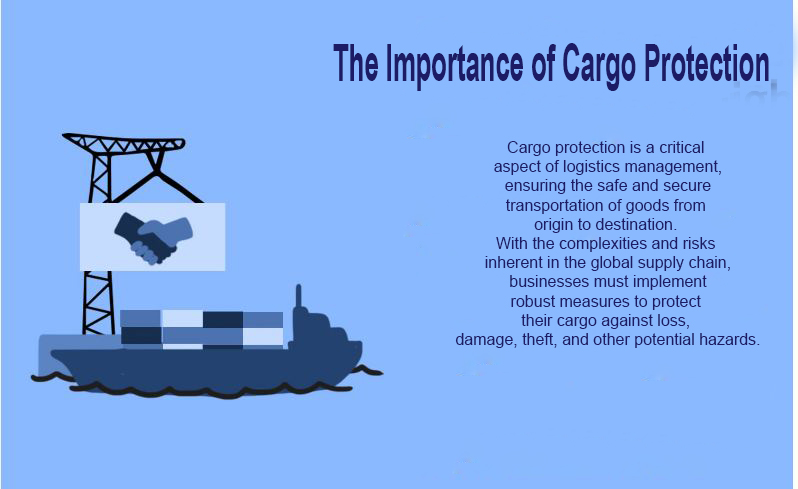Methods of Life Insurance Underwriting | If you are looking for the right decoding the essentials of life Insurance underwriting, read full paragraph of this page. Life insurance underwriting stands as a cornerstone process in the insurance industry, serving as the bedrock for assessing risks and determining the eligibility and pricing of insurance policies.
It involves a meticulous evaluation of various factors such as health status, lifestyle, and medical history to ascertain the insurability of applicants
Importance of Life Insurance Underwriting:
Life insurance underwriting is of paramount importance for insurers as it serves several critical functions:
Risk Evaluation:
Underwriting allows insurers to assess the level of risk associated with each applicant, enabling them to make informed decisions regarding coverage and pricing. By analyzing factors such as age, health status, and medical history, underwriters can gauge the likelihood of an applicant filing a claim and adjust premiums accordingly.
Pricing Accuracy:
Effective underwriting ensures that insurance policies are priced accurately based on the assessed risk. Insurers use underwriting data to determine appropriate premium rates, ensuring that policyholders pay premiums commensurate with their risk levels. This helps maintain fairness and sustainability within the insurance market.
Policy Issuance:
Underwriting determines whether an applicant qualifies for coverage and the terms and conditions of the policy. By evaluating an applicant’s risk profile, underwriters decide whether to approve or deny coverage and set the coverage limits and policy provisions accordingly.
Methods of Life Insurance Underwriting:
Life insurance underwriting employs various methodologies to assess an applicant’s risk profile:
Medical Underwriting:
his method involves evaluating an applicant’s health status and medical history to determine insurability. Insurers may request medical records, conduct medical exams, and review diagnostic tests to gain insights into an applicant’s health risks.
Paramedical Exams:
Paramedical exams, also known as medical exams, are conducted by healthcare professionals to assess an applicant’s overall health. These exams typically include measurements of height, weight, blood pressure, and blood tests to identify any underlying health issues.
Risk Assessment Tools:
Insurers utilize sophisticated risk assessment tools and algorithms to analyze an applicant’s risk profile. These tools consider various factors such as age, gender, smoking status, and family medical history to generate risk scores and classify applicants into different risk categories.
Underwriting Guidelines:
Underwriting guidelines provide insurers with criteria for evaluating an applicant’s risk profile and making underwriting decisions. These guidelines outline factors such as age limits, medical conditions, and lifestyle habits, helping underwriters assess an applicant’s insurability.
Impact on Insurance Policies:
Life insurance underwriting significantly influences the terms, conditions, and pricing of insurance policies:
Premium Rates:
Underwriting directly impacts the premium rates charged for insurance policies. Applicants deemed to be lower risk are typically offered lower premium rates, while those with higher risks may face higher premiums to mitigate potential losses.
Coverage Limits:
Underwriting determines the coverage limits and benefits provided under insurance policies. Applicants with higher risks may be subject to coverage limitations or exclusions to manage the insurer’s exposure to potential claims.
Policy Terms:
Underwriting also affects the terms and conditions of insurance policies, such as the duration of coverage and policy provisions. Insurers may adjust policy terms based on an applicant’s risk profile to mitigate potential losses and ensure the sustainability of the insurance pool.
Underwriting Classifications:
Applicants are categorized into different risk classes based on their risk profiles. These classifications, such as standard, preferred, or substandard, determine the premium rates and coverage options available to each applicant.
Conclusion:
Life insurance underwriting plays a pivotal role in the insurance industry, enabling insurers to assess risk accurately, price policies fairly, and provide appropriate coverage to policyholders.
By employing various underwriting methodologies and adhering to underwriting guidelines, insurers can mitigate risks effectively while ensuring the sustainability of their insurance portfolios.
Understanding the importance, methods, and impact of life insurance underwriting is essential for both insurers and applicants seeking insurance coverage in today’s dynamic insurance marketplace.
The Role and Importance of Life Insurance Agents in the Insurance Industry – Next Page



